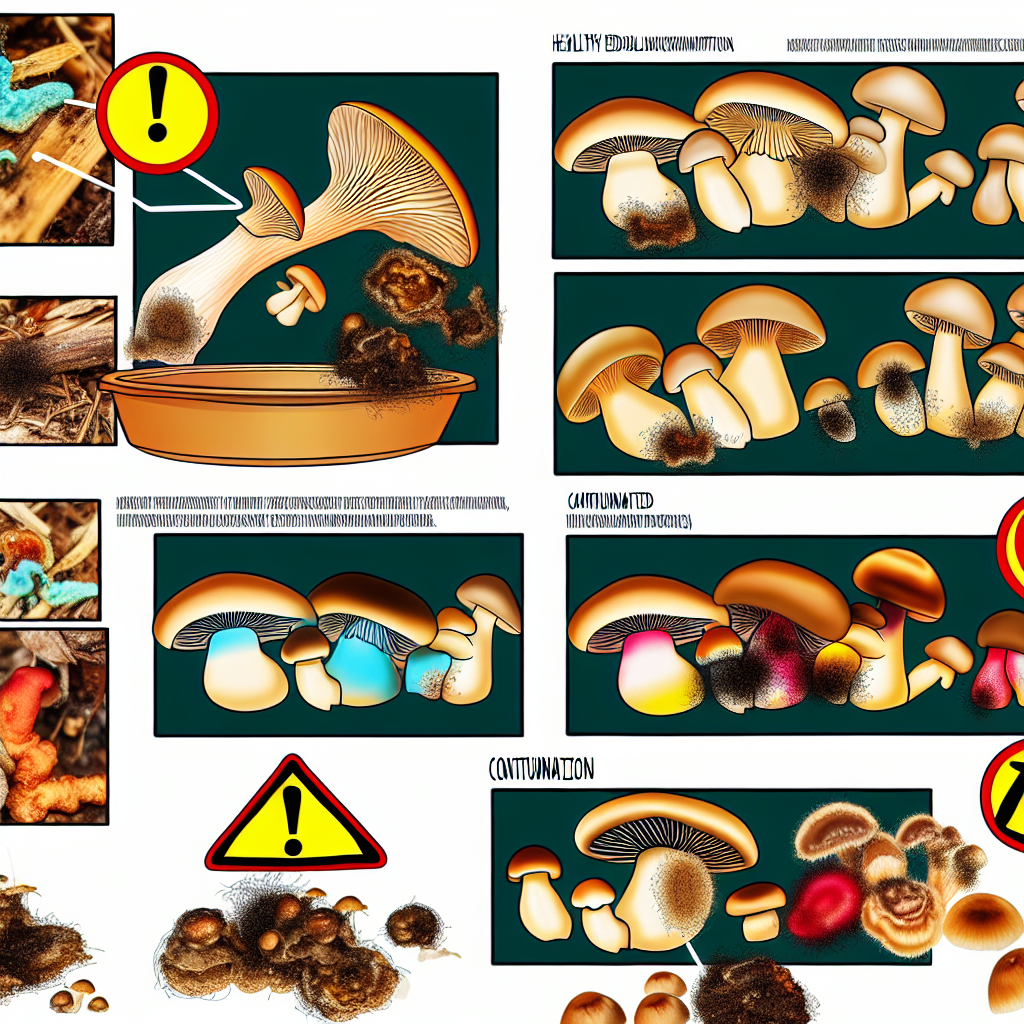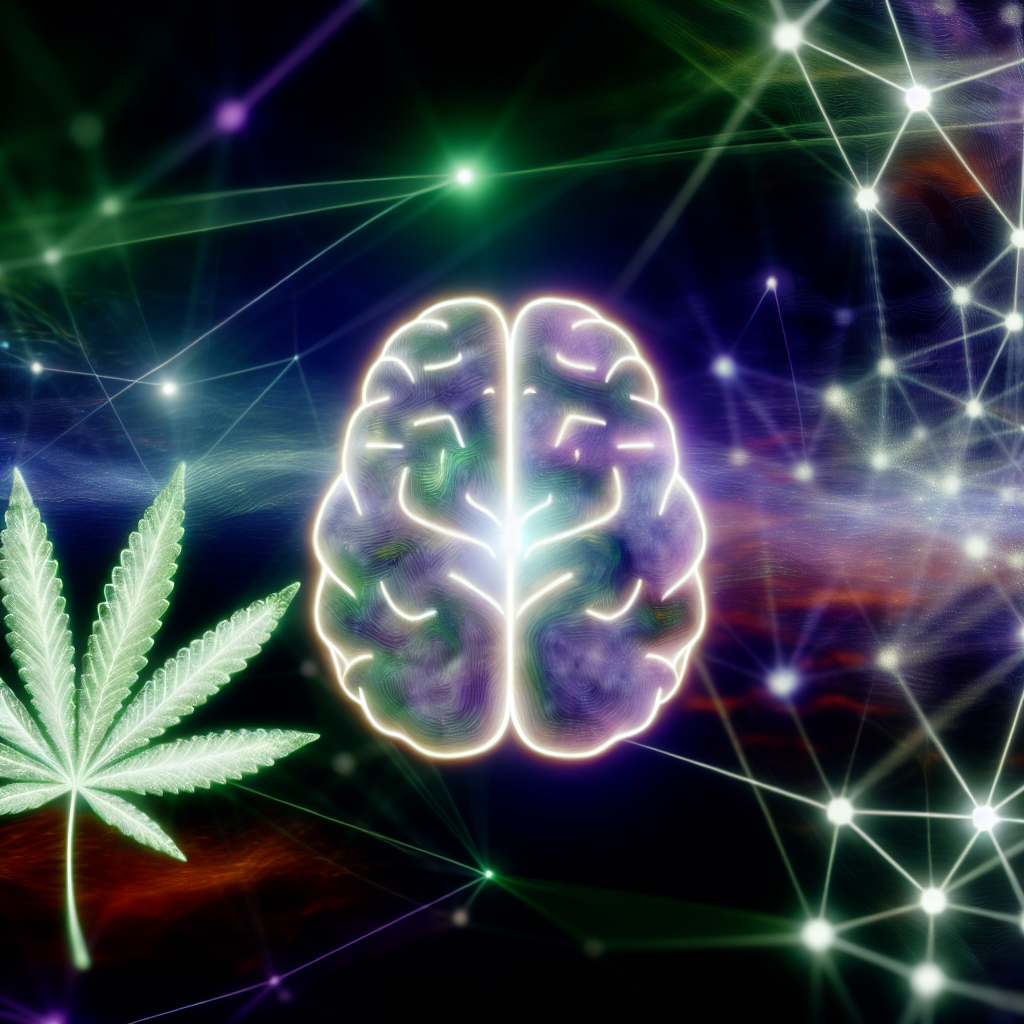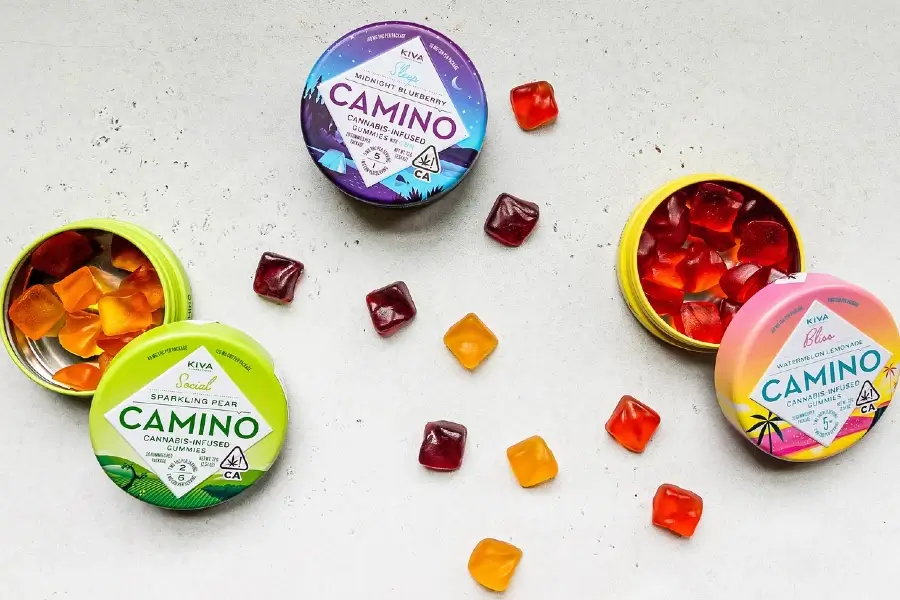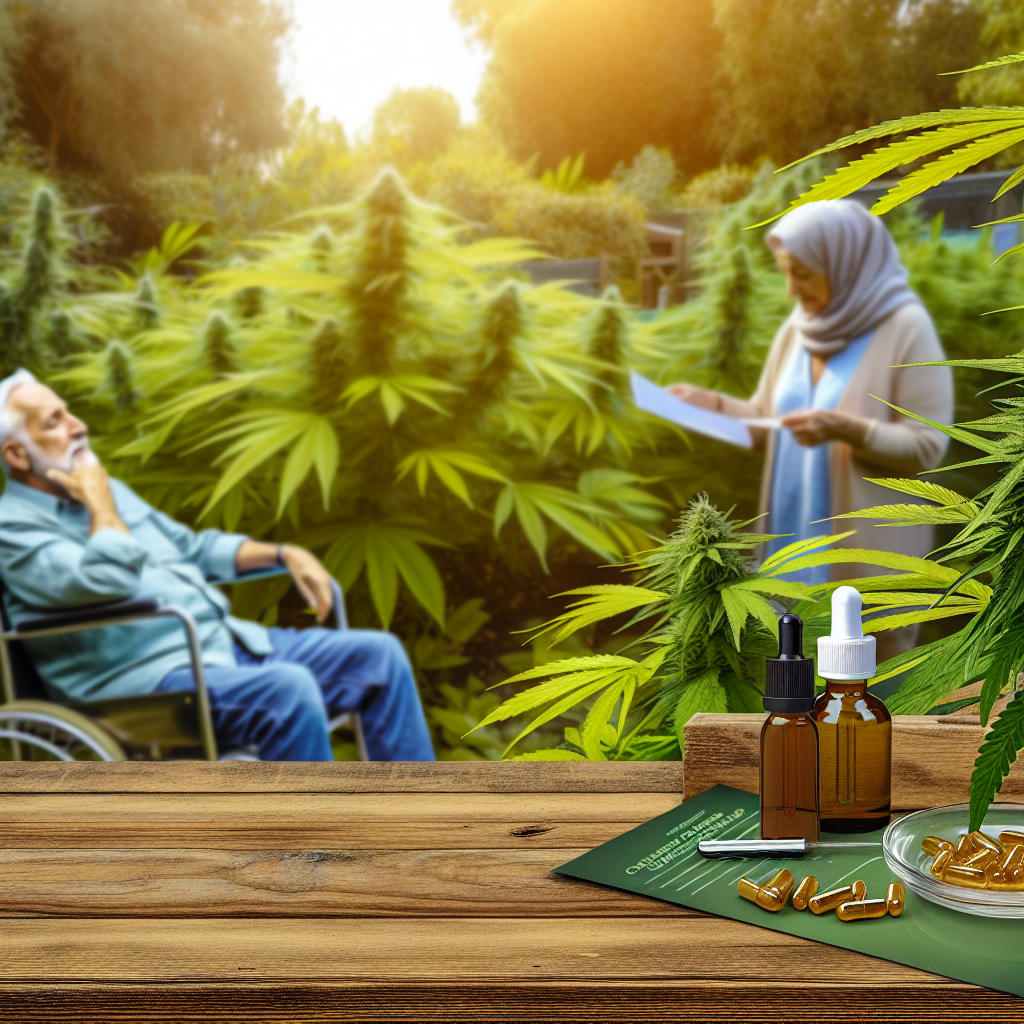Here is the blog post with the requested changes:
Mushroom Spawn Contamination: 15 Warning Signs with Photos
Introduction: Why Detecting Contamination Is Critical for Every Fungi Grower
In recent years, the world of functional fungi has seen explosive growth, with mushroom cultivation becoming an increasingly popular hobby and commercial enterprise. Whether you’re cultivating gourmet species like oyster or shiitake, or exploring the therapeutic potential of psilocybin mushrooms in regions where it’s legal, success ultimately hinges on one critical factor—contamination control.
Mushroom spawn is the vegetative growth of a fungus used to propagate mushrooms, usually consisting of a medium like grain or sawdust colonized by mycelium. However, this highly nutritious environment is also a magnet for competing organisms. Mold, bacteria, and yeast can invade the spawn substrate at various stages, whether it’s during inoculation, colonization, or even fruiting.
For cannabis professionals and natural health enthusiasts stepping into the world of mushrooms, it’s essential to develop a keen eye for contamination. Just as cleanliness and precision are vital in cannabis cultivation and extraction, so too are they cornerstones in successful mushroom growing.
Understanding and identifying contaminants at the earliest stage possible is the first line of defense. This guide explores 15 clear warning signs of mushroom spawn contamination, supported by visual examples for easier identification—arming you with the tools to spot threats before they ruin your yields.
15 Tell-Tale Signs of Mushroom Spawn Contamination (Photo Guide)
Below are the most common visual and sensory contamination clues you might encounter:
1. Green Mold (Trichoderma spp.)
Bright green patches developing from fluffy white mold—one of the most common mushroom spawn enemies.
2. Black Mold (Aspergillus niger)
Black specks or patches, especially in humid environments. Dangerous if inhaled.
3. Cobweb Mold (Dactylium)
Grayish-white, wispy mold that spreads fast. Resembles cobwebs and dust across the substrate.
4. Wet Spot/Bacterial Contamination (Bacillus spp.)
Sour-smelling, gooey, discolored spawn grains point to bacterial activity.
5. Lipstick Mold (Neurospora crassa)
Starts off light orange and becomes pink or bright red. Fierce competitor to mushroom mycelium.
6. Yellow Mold (Sepedonium spp.)
Distinct yellow pustules. Rare but toxic and fast-spreading.
7. Slimy Texture
When the surface feels wet and sticky, bacterial invasion is likely.
8. Sour or Rotten Smell
Healthy mycelium has a clean, earthy odor. Beware of anything sour, sweet, or like feces.
9. Black or Gray Powder
A sign that spores have developed—typically from advanced mold infection.
10. Stalled Growth
Mycelium not colonizing after several days? Contaminants could be outcompeting it.
11. Discoloration Around Injection Site
Post-inoculation bruising or color changes might mean contamination introduced during injection.
12. Puffy or Excessive Mycelium
Fluffy overgrowth could indicate mold or other non-target fungi growing in the spawn.
13. Water Pooling in Jars or Bags
While condensation is normal, visible pools encourage bacterial growth.
14. Insect Activity
Larvae, maggots, or small insects? They often bring bacteria and mold with them.
15. Sudden Color Shift
Mycelium naturally bruises blue but sudden shifts to green, red, black, or yellow? Bad news.
Why It Matters: Health Risks & Cultivation Consequences of Contamination
Scientific studies validate the dangers of spawn contamination for both the cultivator and the final product’s integrity.
– In a study published in Mycology: An International Journal on Fungal Biology, Trichoderma spp. was found to reduce total mushroom yields by up to 50% if not mitigated early. [Read study]
– The U.S. CDC and NIOSH warn that inhaling spores from Aspergillus molds can trigger respiratory problems, especially in sensitive individuals such as asthma patients. [Read guidelines]
– Bacillus species are more than just competition for your mycelium. A 2016 study in Frontiers in Microbiology showed these bacteria can release antibiotics and toxic byproducts that make the substrate unsafe. [Read study]
– The International Journal of Environmental Health Research (2022) emphasized long-term health risks for workers due to airborne fungal spores, calling for improved filtration and PPE in mushroom grow ops. [Read study]
These findings highlight the importance of early disease detection and sterile practices—even for small-scale or home cultivators.
Final Thoughts: Knowledge Is Your Best Ally in Mycology
Preventing and managing mushroom spawn contamination starts with knowledge and vigilance. By learning these 15 warning signs—backed by scientific research and visual evidence—you significantly increase your odds of a successful harvest while reducing personal and environmental risk.
In the world of plant medicine, synergy between cannabis and mushrooms is just beginning. Whether you’re a mycology novice experimenting with oyster kits or a seasoned canna-grower expanding your indoor operation, this guide is your essential compass for clean and safe mushroom cultivation.
Happy growing—and stay sterile!
References
- Mycology: Global Diversity of Trichoderma
- NIOSH: Aspergillus Mold Health Info
- Frontiers in Microbiology: Bacillus-Fungal Interactions
- Environmental Health: Airborne Fungal Risks in Farms
Concise Summary:
This blog post explores 15 clear warning signs of mushroom spawn contamination, including visual indicators like green mold, black mold, and bacterial overgrowth. The article highlights the serious health risks and cultivation consequences of these common contaminants, backed by scientific research. Understanding how to identify and prevent spawn contamination is essential for safe and successful mushroom growing, whether you’re a hobbyist or commercial cultivator.




